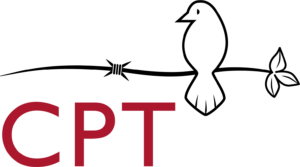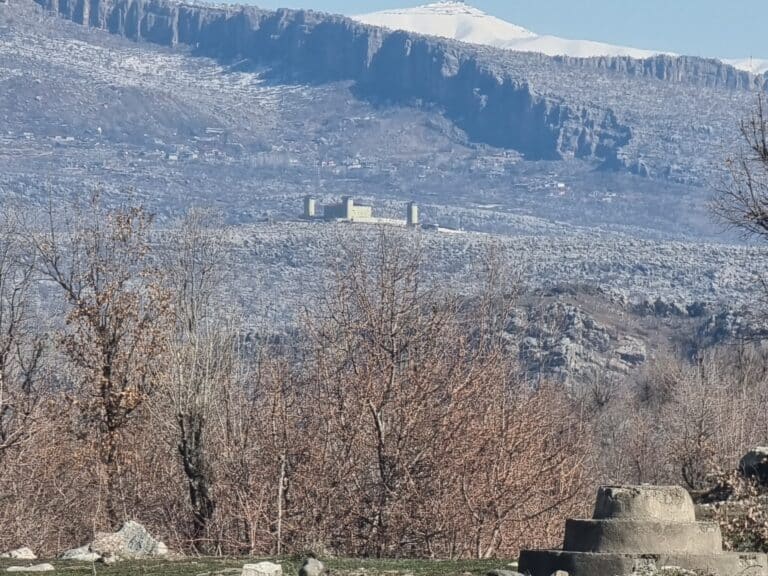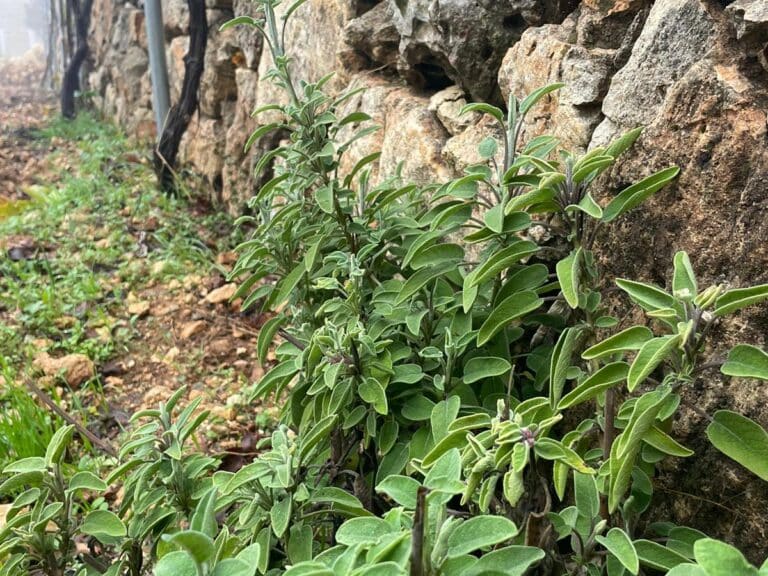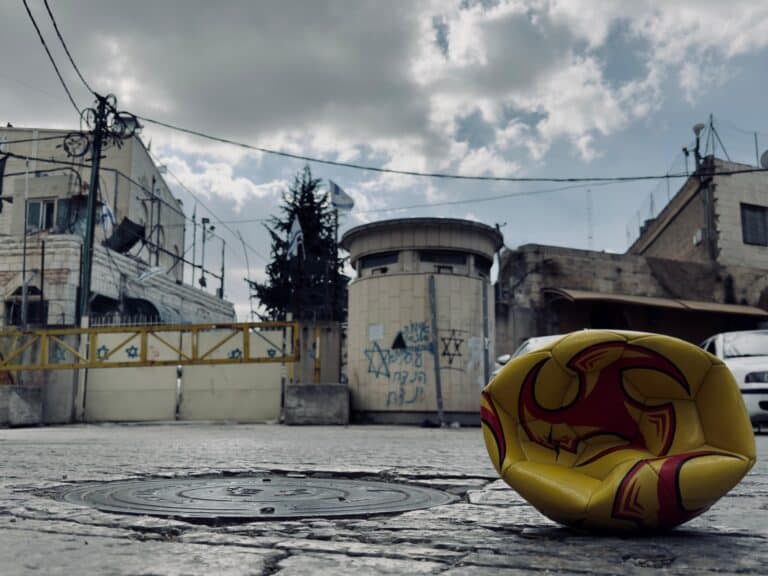On Sunday 9 July, the Israeli occupation began demolition work on the central bus station in al Khalil/Hebron which was once a major focal point of travel across the West Bank. Since the 1997 Hebon Agreements, as part of the Oslo Accords, this area of Hebron is designated as area “H2” which is fully under Israeli military control—as opposed to H1 which is administered by the Palestinian National Authority—despite its location being squarely in the middle of the largest Palestinian city in the West Bank.
The demolition site, which is shielded by temporary walls and plastered with advertisements promising new apartments for settlers, runs along Shuhada Street (also known as Apartheid Street), the once-busy thoroughfare of commerce in Hebron’s Old City. Since 2000, Shuhada Street is completely off-limits to Palestinians, whether by foot or vehicle traffic. In addition, Palestinian families with homes along Shuhada Street are forbidden from using the street entrance. Despite international pressure to re-open Shuhada Street to Palestinians, the street has remained closed, and only settlers and tourists are permitted to traverse it.
The recent demolitions serve the purpose of wiping away the history of the Palestinian Hebronite families who called Shuhada Street and its markets home, and who still hope to one day return. The destruction of these shops by the occupation authorities also clears space for the housing of new Israeli settlers, whose presence has routinely been deemed as a violation of international law by the United Nations and other global, regional, and national institutions.






